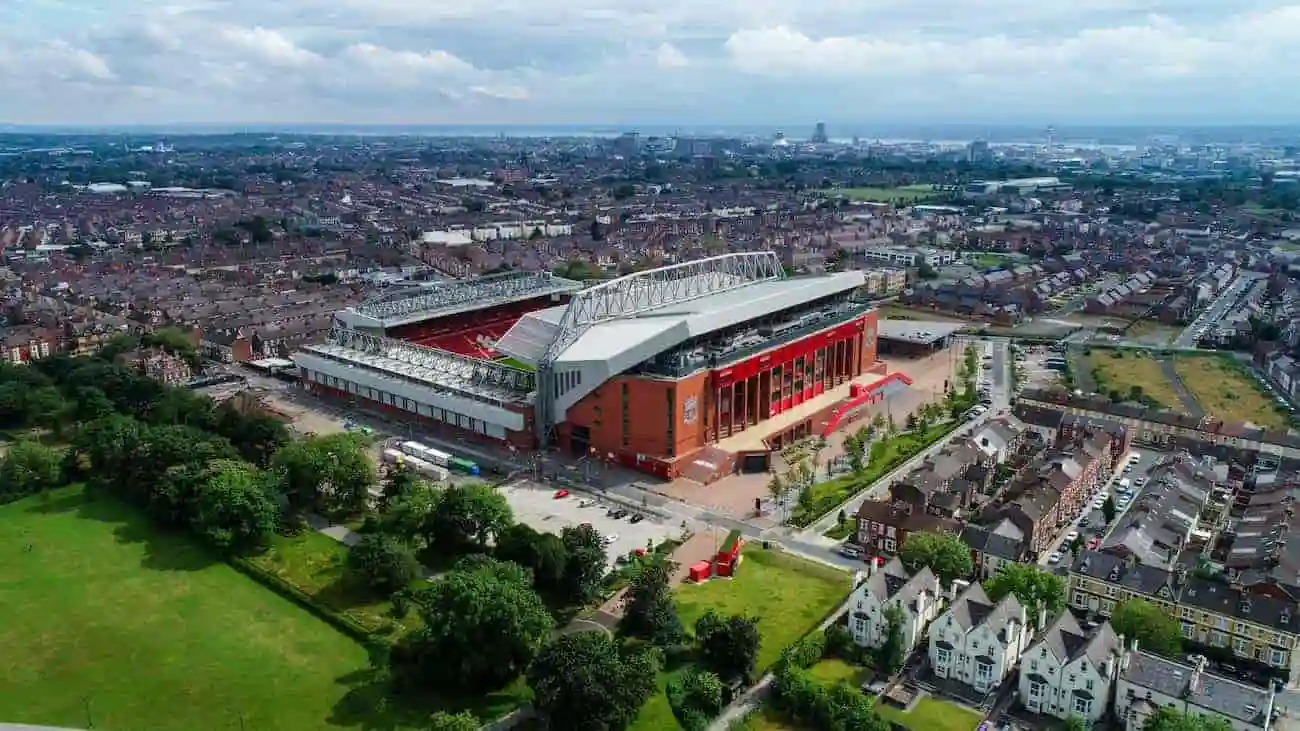JÜRGEN KLOPP'S PRESSING
Thiago Calderaro
Jürgen Klopp has established himself as one of the most successful football managers in the world, not only by winning titles but also by developing a distinctive style of play that has made his name famous worldwide. A key component of his philosophy is pressing – an aggressive and well-organised strategy to regain possession immediately after losing the ball and force the opponent into making mistakes. This article offers an in-depth analysis of Klopp's pressing strategies and shows how coaches can adapt these tactics for their large-field teams.
The Fundamentals of Klopp's Pressing
Klopp's pressing is based on two main components: counter pressing and high-intensity attacking pressing. Counter pressing involves the team trying to win back the ball immediately after losing it by putting the opponent under pressure before they can reorganise their formation. This strategy requires not only physical fitness but also a high level of teamwork and tactical understanding.
Attacking pressing, often implemented in a 4-3-3 system, focuses on applying pressure on the opponent in their own half. The front three players play a crucial role here, blocking passing lanes and disrupting the opponent's build-up play. This form of pressing aims to force the opponent into making an uncontrolled long ball or a misplaced pass that can then be intercepted by the team.
Attacking Pressing in Detail: How Klopp Traps the Opponent
In a typical 4-3-3 setup for Liverpool, the wingers position themselves between the opponent's full-backs and centre-backs, while the central striker keeps the opposing defensive midfielder in his cover shadow. A lateral pass in the opponent's first build-up line often triggers the pressing. The winger on the ball side approaches the centre-back in an arc, blocking the passing lane to the full-back. Simultaneously, the second winger shifts towards the ball side to exert additional pressure.
This type of pressing often forces the opponent into a back pass to the goalkeeper, which signals the team to continue pressing. The central striker and wingers push forward to put pressure on the goalkeeper and the remaining centre-backs. This frequently leads to an uncontrolled long ball by the goalkeeper, which the pressing team can intercept in midfield or their own half.
Midfield Pressing Against the Back Three: Klopp's Response to Flexible Systems
Another hallmark of Klopp's tactics is his midfield pressing, which is particularly effective against opponents playing with a back three. Klopp aims to direct the ball towards the opponent's full-backs. Once the ball reaches them, Liverpool's wingers and full-backs press the ball carrier and force a pass into the centre, where Liverpool enjoys a numerical advantage.
An example of this was Liverpool's match against Chelsea under Thomas Tuchel, where Klopp set up a pressing trap by deliberately directing the ball to the full-back. Once the ball was played into the centre, several Liverpool players immediately surrounded the receiver, leading to frequent turnovers and providing Liverpool with a strong position to counter-attack.
Adjustments and Evolution: How Klopp Has Refined His Pressing
While Klopp remains committed to his intense pressing style, he has made adjustments over the years to better prepare his team for different game situations. One such adjustment is a more controlled form of pressing, where the team drops deeper at certain phases of the game to better protect their full-backs. This prevents the opponent from exploiting the wings for dangerous counter-attacks.
Another element is the flexibility in defensive formations. In certain situations, Liverpool switches from a 4-3-3 to a 4-2-3-1 or 3-2-4-1 to respond to the opponent's play while securing their own defence.
Practical Implementation for Coaches: How to Integrate Pressing into Your Team
For coaches looking to implement Klopp's pressing in their own team, it is important to consider the following points:
Conditioning and Fitness: Pressing requires high physical fitness, as it is very demanding. Players must be able to apply constant pressure for 90 minutes.
Tactical Understanding: Your team needs to understand the pressing triggers and when to apply pressure. This requires intensive tactical training and a clear understanding of their roles on the field.
Teamwork and Communication: Pressing only works when the entire team acts as a unit. Every player must know what the others are doing and respond accordingly. Clear communication on the pitch is essential.
Adaptability: Adjust the intensity of the pressing to the circumstances of the game. Sometimes it is wiser to drop back and wait for the right moment rather than applying constant high pressure.
No Fouling: Remember that fouling is the biggest killer of a pressing strategy.
Conclusion
Jürgen Klopp's pressing is a complex but highly effective strategy that requires excellent teamwork on both an individual and collective level. For coaches, it offers valuable insights and tactical approaches that can be applied at various levels of football. Through clear structure, intensive training, and the right balance between intensity and adaptability, Klopp's pressing can become a success factor for your team as well.
Sources
1. https://trainr.de/blog-pressing-juergen-klopp
2. https://www.coachesvoice.com/cv/jurgen-klopp-tactics-liverpool/
3. https://footballwhispers.com/blog/tactical-analysis-jurgen-klopps-gegenpress-at-liverpool/
4. https://themastermindsite.com/2020/12/21/jurgen-klopp-liverpool-tactical-analysis-2020-21-edition/
Continue Reading
This might also interest you:







